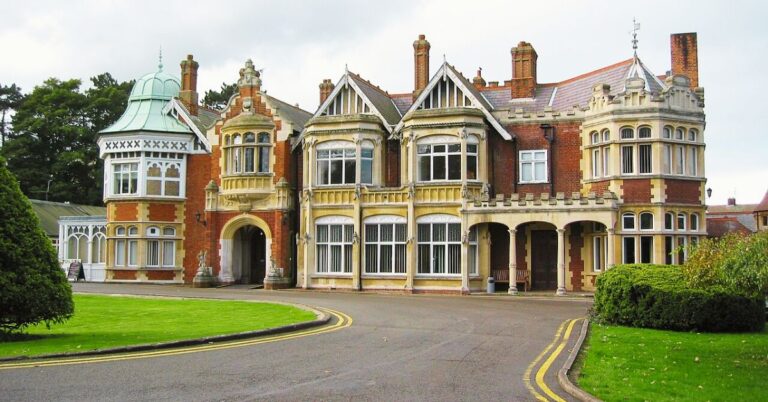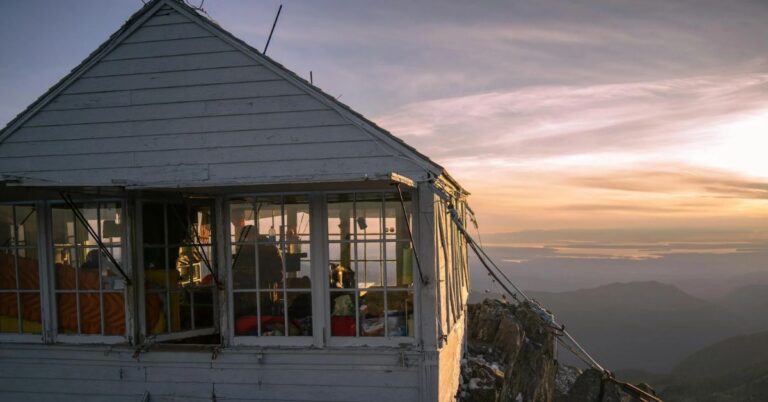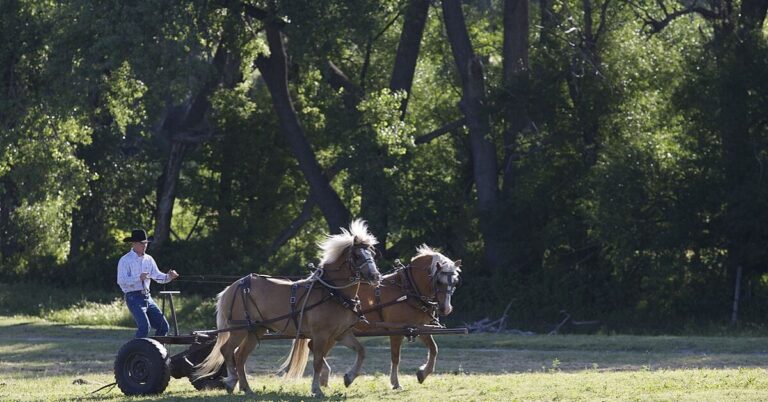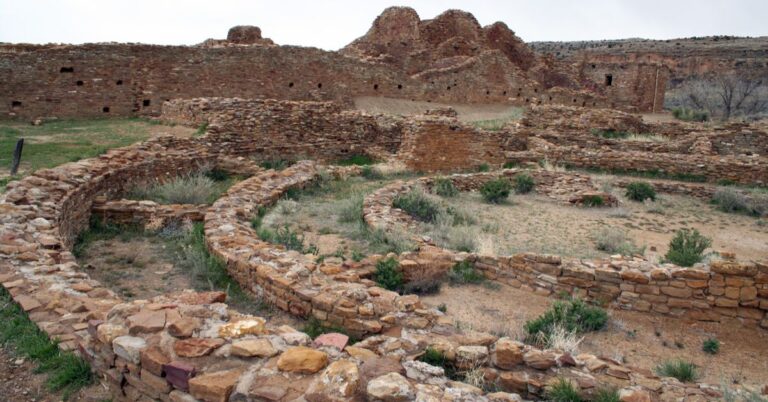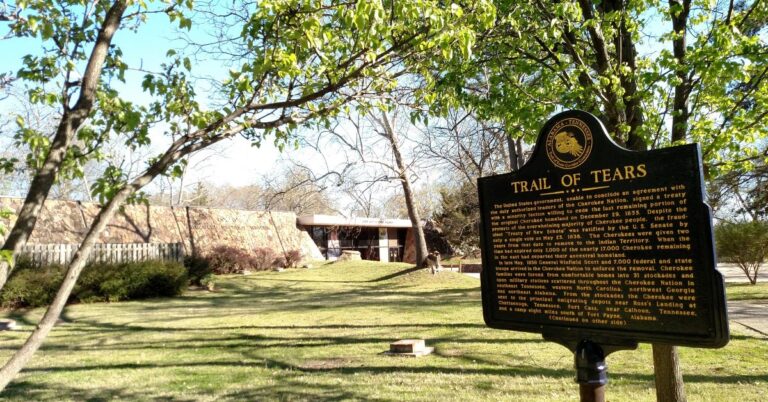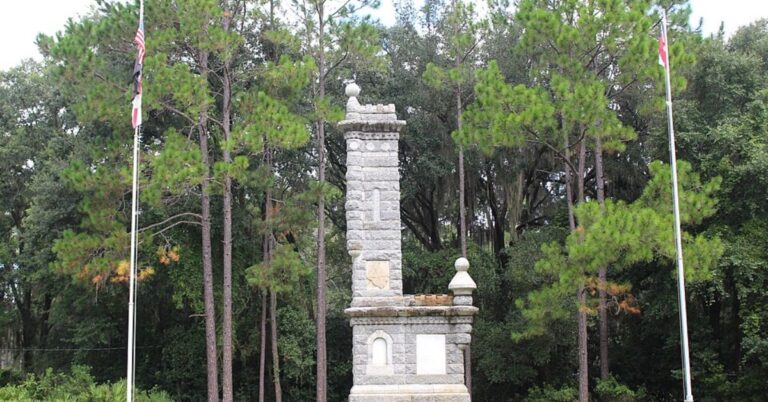15 Mysterious Sites That Challenge What We Know About History
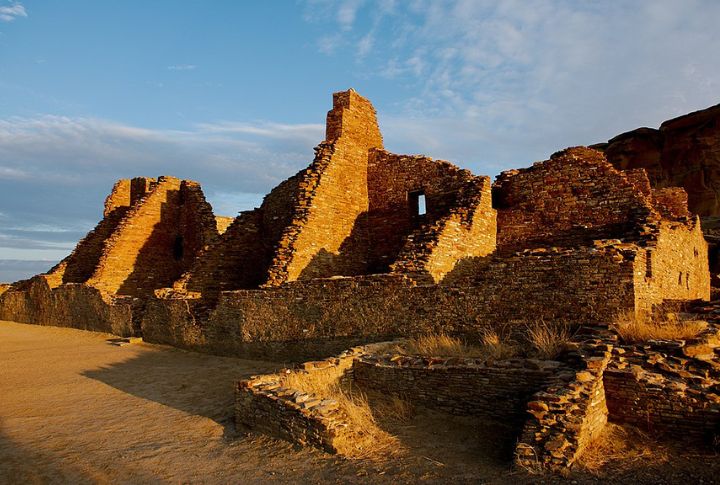
Some places make you stop and wonder what really happened there. They don’t fit the usual timeline or follow the expected story. Ruins whisper things textbooks don’t cover, and these 15 sites raise eyebrows for that reason. They’re not done surprising us yet.
Mesa Verde Cliff Dwellings, Colorado
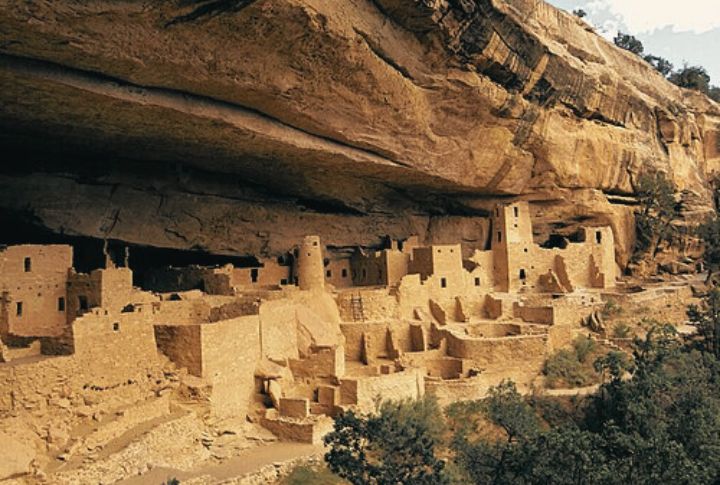
Centuries-old staircases carved into sandstone lead to over 600 remarkably preserved dwellings once home to the Ancestral Puebloans. Archaeological digs unearthed woven textiles, grinding stones, and fire pits still stained by soot. Together, these artifacts tell a story of resilience, resourcefulness, and community ingenuity.
Bighorn Medicine Wheel, Wyoming

The Bighorn Medicine Wheel is made of stone, but it’s far from simple. Its 28 spokes align with lunar events, revealing how deeply the builders understood the sky. The site is still used today in solstice ceremonies, which maintain a living connection to centuries of Indigenous tradition.
The Blythe Intaglios, California
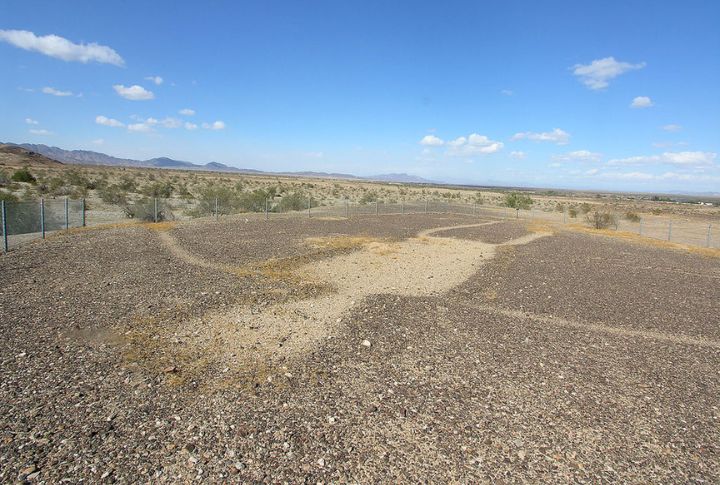
These massive geoglyphs stretch over 170 feet and depict human and animal figures. First documented in 1932, their exact purpose is still unknown, though some believe they held cultural or spiritual meaning. From the sky, their full outlines come into view, etched deep into desert soil.
Great Serpent Mound, Ohio
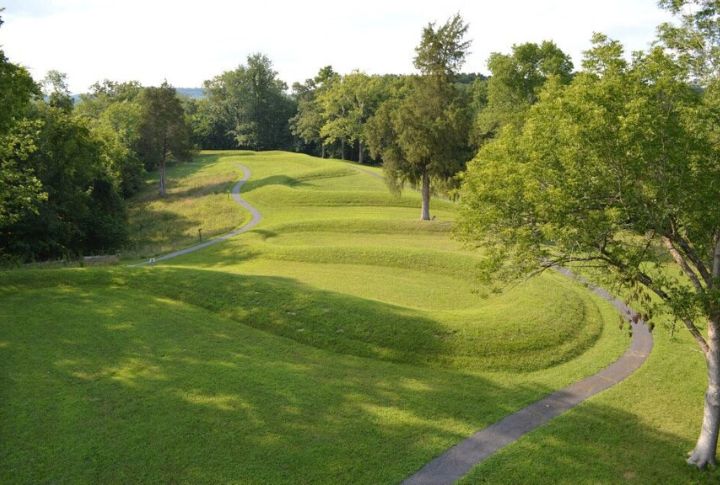
Ancient builders shaped the earth into a serpent so large that it only made sense from above. Experts suspect solar alignments and underground extensions. However, drones and magnetic surveys have picked up clues suggesting something bigger lies beneath the surface.
Judaculla Rock, North Carolina

More than 1,500 petroglyphs cover this soapstone boulder, each linked to Cherokee lore and regional myths. Judaculla, a supernatural being, is said to have left his seven-fingered handprint here. The stone’s carvings become more vivid when wet, which sparks debate over their meaning and age.
Mystery Hill, New Hampshire
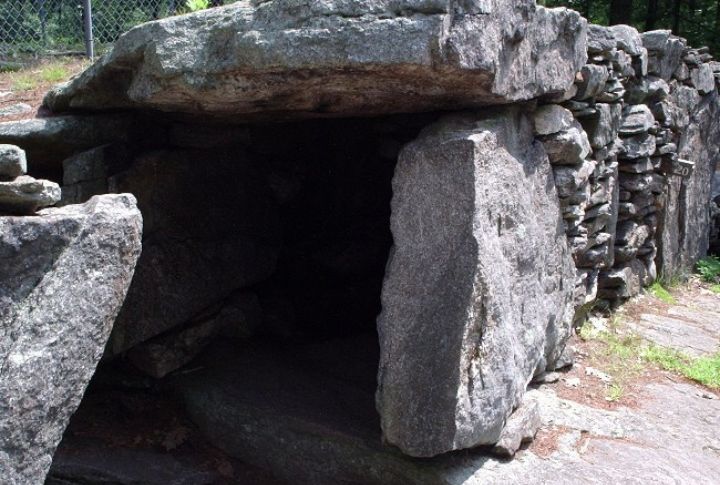
In southern New Hampshire, Mystery Hill sprawls across wooded terrain with stone chambers and peculiar layouts. Archaeologists debate whether it’s colonial, Indigenous, or something even older. Solstice alignments still work as sunlight falls through stone portals at exact moments. That detail alone keeps the mystery alive.
Casa Grande Ruins, Arizona
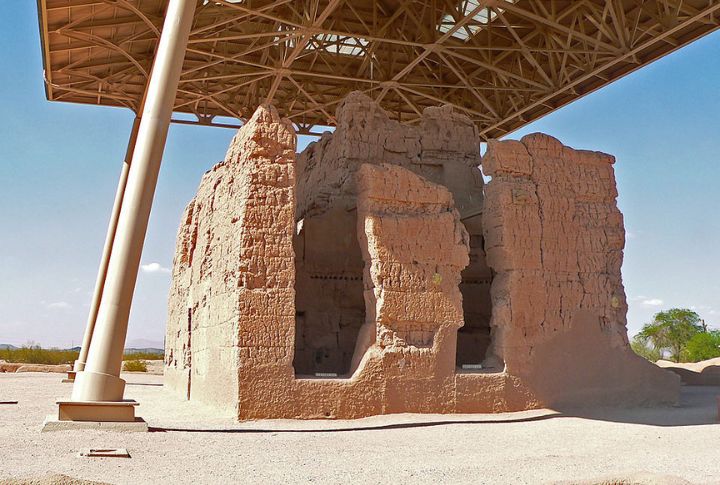
Etched symbols on this four-story adobe structure may represent irrigation cycles, constellations, or clan emblems. Completed around 1350 AD, it features plaster made from cactus pulp and sand that is still intact despite blistering desert conditions. No other structure like it exists in North America.
Petrified Forest National Park, Arizona
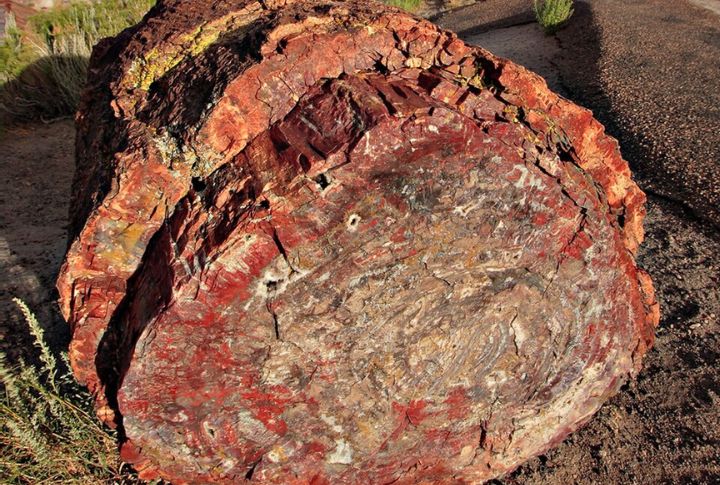
Beyond fossilized trees, the park hides a wealth of Triassic secrets, including ancient lizard fossils and petroglyph-covered rock faces. Additionally, Blue Mesa Trail winds past the purple-striped badlands, where geologists recently unearthed fish fossils from a long-vanished river system.
Aztec Ruins National Monument, New Mexico
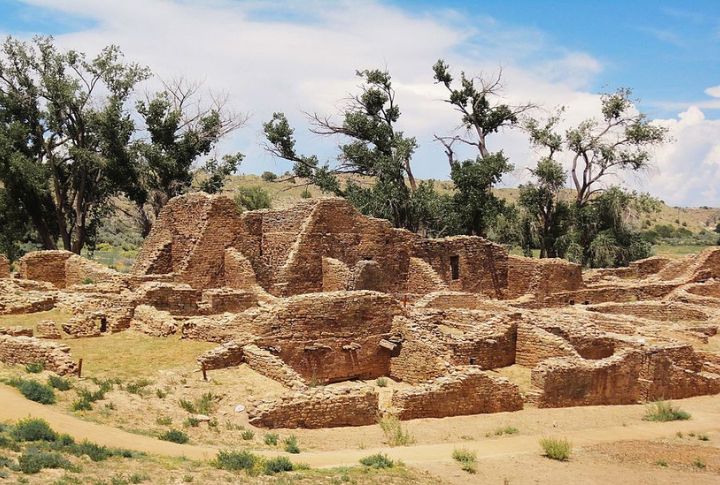
Say something inside the Great Kiva, and your voice bounces around like it was built for sound. That’s no accident—it’s in the design. Even the original cedar roofing beams remained intact after 900 years. Despite its name, the site was built by Puebloans, not Aztecs. Its thoughtful design and durability mark it as a quietly brilliant piece of ancient engineering.
Gila Cliff Dwellings, New Mexico
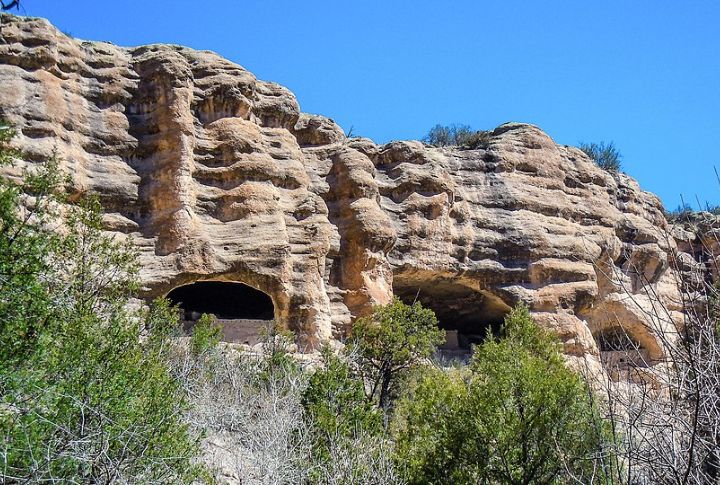
Stone walls built within five natural caves protected seasonal inhabitants from harsh weather and attacks; among the remains were squash seeds, pine needles, and obsidian as signs of daily life and distant trade. To live here, the Mogollon people climbed steep paths and shaped shelters in the mountains themselves.
Tonto National Monument, Arizona

Inside the Upper Cliff Dwelling, archaeologists found red ochre paint and woven sandals placed in ceremonial corners. The Salado people even engineered vents for airflow and sun exposure. Even after centuries of erosion, the original wood beams still cradle the dwelling’s fragile ceiling.
Hopewell Culture National Historical Park, Ohio

Hopewell engineers shaped massive earthworks with geometric precision, some even matching lunar cycles. Copper bear claws and marine shells from the Gulf Coast were also found in burial chambers. These trade patterns suggest a cultural network more extensive than most imagined 2,000 years ago.
Chaco Culture National Historical Park, New Mexico
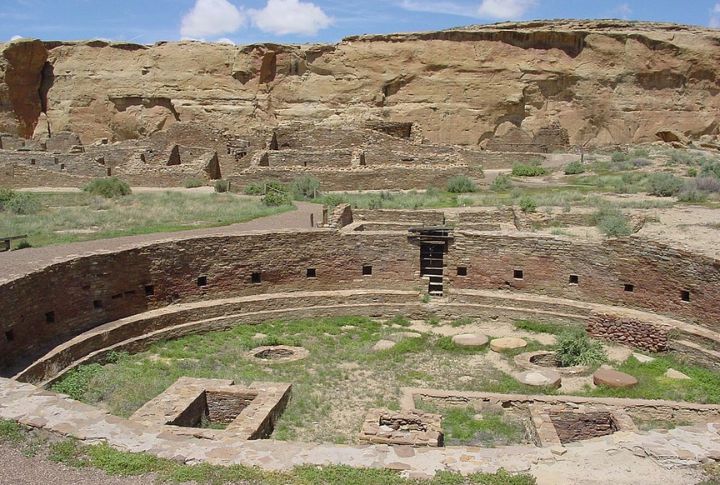
Long before GPS, Chacoans constructed perfectly straight roads—some extending 50 miles. Their multi-story complexes included rooms with floor-to-ceiling shelves, possibly for corn storage. Traces of chocolate residue on pottery hint at trade with Mesoamerican cultures far to the south.
Sun Temple, Colorado
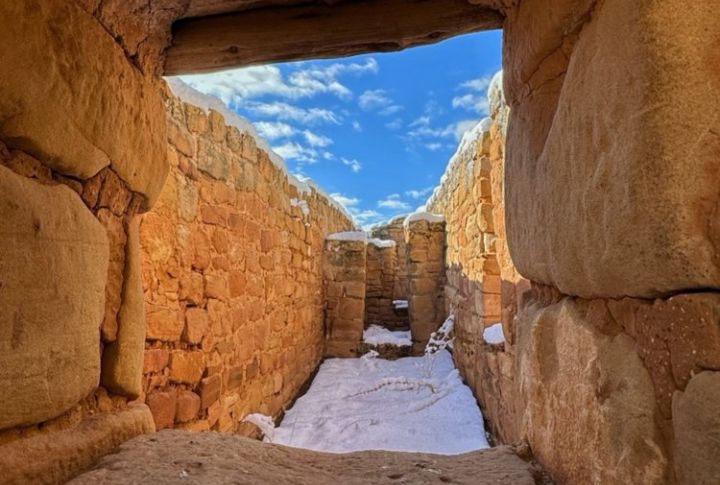
This D-shaped complex shows no evidence of domestic life and likely served ceremonial purposes. The thick stone walls curve in spirals and align with solar events. Additionally, laser-guided surveys suggest that the structure may have tracked Venus cycles in addition to the sun.
L’Anse aux Meadows, Newfoundland

Turns out, the Vikings really did reach North America. At L’Anse aux Meadows, eight sod-covered buildings, iron nails, a bronze cloak pin, and butternuts—native to southern Canada—suggest inland travel. The site also confirms Norse presence in Newfoundland around 1000 AD, long before Columbus arrived.

